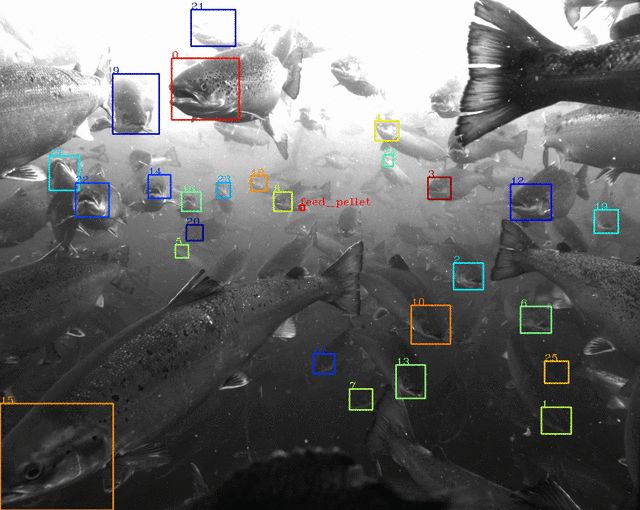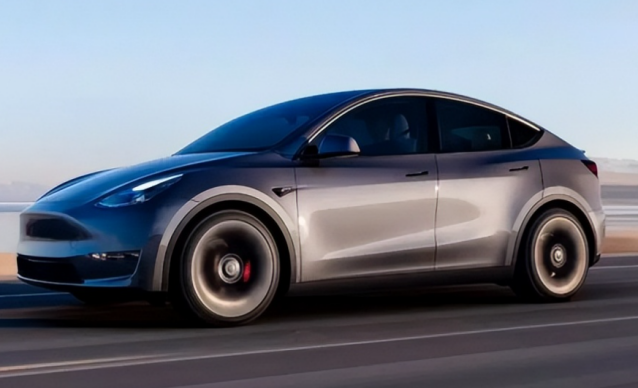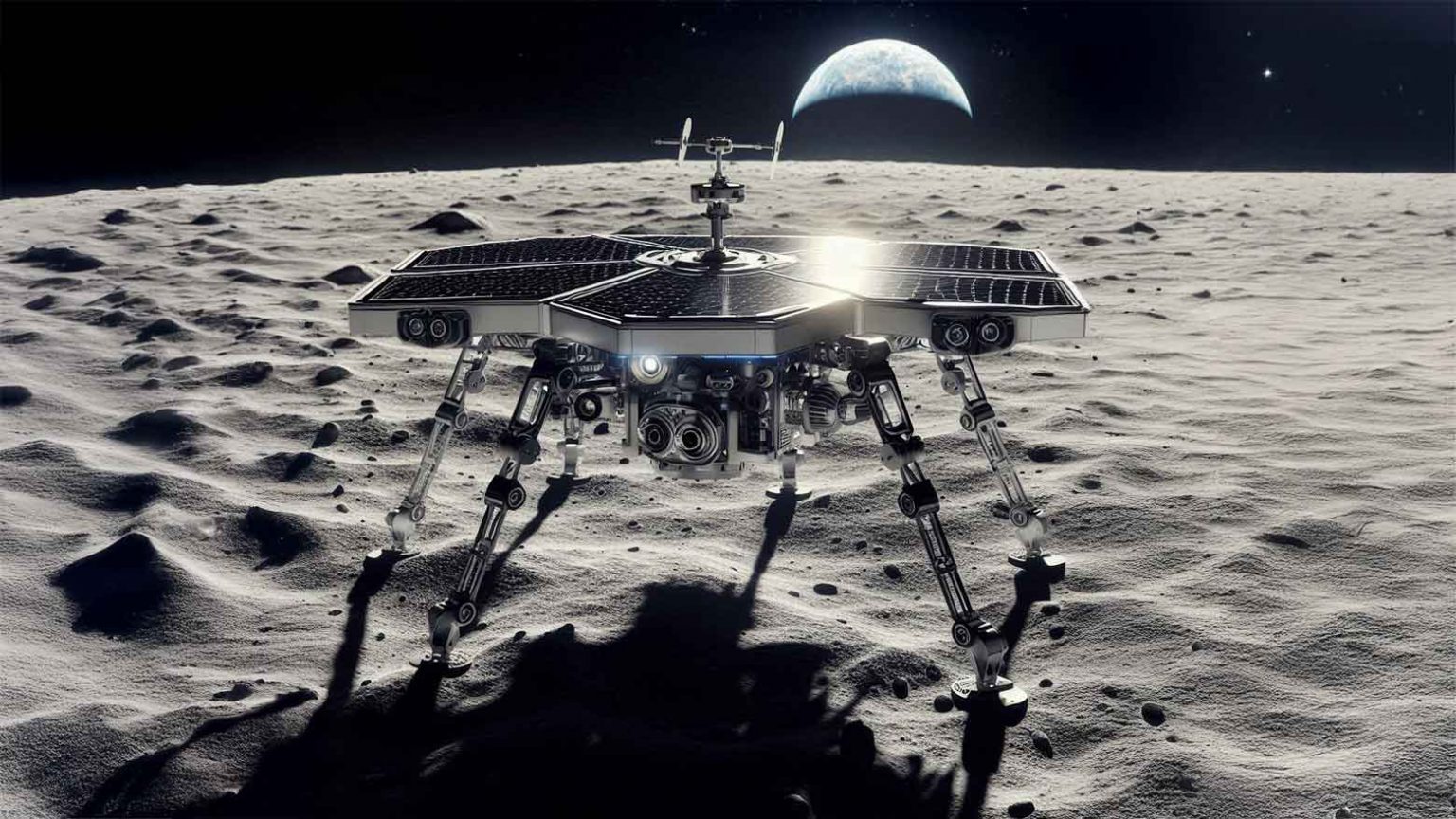Chang'e-8 Global Partnerships: 11 Nations Joining Lunar South Pole Exploration
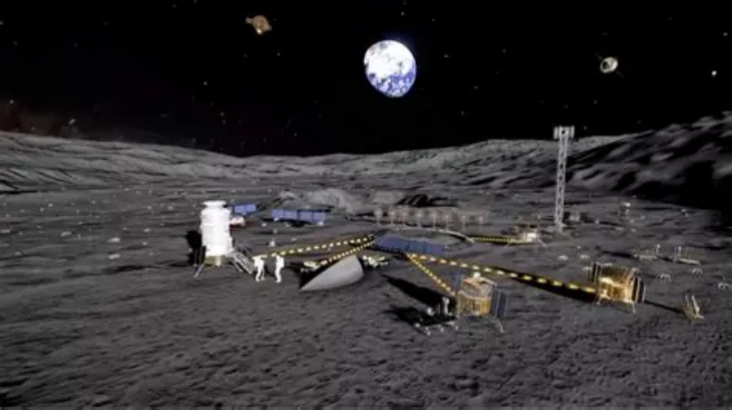
The 2025 Space Day of China marked a historic milestone in lunar exploration as the China National Space Administration (CNSA) formally announced international collaboration details for the Chang'e-8 mission, scheduled for launch around 2028. This ambitious endeavor will carry payloads from 11 nations and one international organization to the lunar south pole, representing humanity’s first large-scale joint exploration of our natural satellite’s most enigmatic region. With the Leibnitz-Beta Plateau as its target, Chang'e-8 will work in tandem with the 2026 Chang'e-7 mission to lay foundational infrastructure for the future International Lunar Research Station (ILRS).
The global consortium brings diverse technical expertise to address the moon’s unique challenges. Pakistan’s 30-kilogram lunar rover, developed with the International Society for Terrain-Vehicle Systems, will conduct critical regolith analysis to map surface composition, while Türkiye’s intelligent exploration robot—designed for extreme terrain—will navigate permanently shadowed craters using autonomous systems. A joint radio astronomical array from South Africa and Peru will deploy on the far side, leveraging the moon’s radio silence to study cosmic microwave background radiation, potentially uncovering clues about the universe’s earliest moments. Italy contributes laser retroreflector arrays for precise Earth-moon distance measurements, essential for refining orbital mechanics calculations.
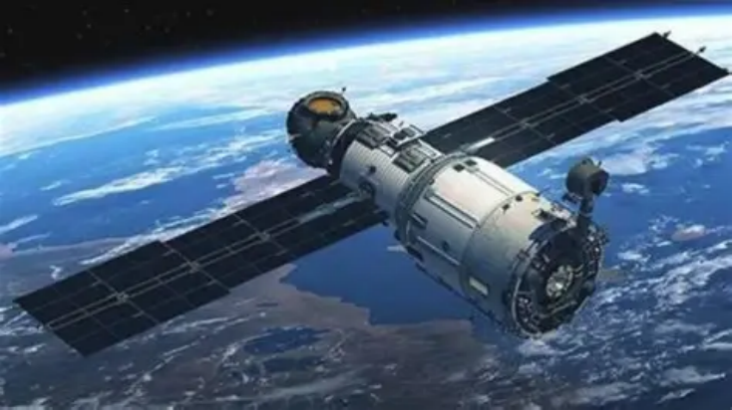
Scientific priorities focus on resource utilization and celestial discovery. Chang'e-8 carries specialized instruments to confirm water ice deposits in permanently shadowed regions, with Thailand’s neutron analyzer and Russia’s plasma-dust detector providing complementary data on lunar surface composition and space weather interactions. A groundbreaking experiment will test 3D-printing technology using lunar regolith, a crucial step toward sustainable lunar base construction. Equally innovative is the multifunctional robot developed by Hong Kong researchers, serving as both a mobile scientific platform and charging station for other instruments in the extreme - 190°C temperatures of the south pole.
This collaboration represents a paradigm shift in space exploration governance. Unlike traditional bilateral partnerships, Chang'e-8’s "resource open" model allocated 200 kilograms of payload capacity through a global call that received 41 proposals. Pakistan’s Space and Upper Atmosphere Research Commission official Amjad Ali emphasized, "This partnership demonstrates how shared astronomical dreams can unite nations," highlighting the inclusive approach that allows emerging space nations to contribute meaningfully alongside established powers. Russia’s high-energy particle detectors, Iran’s lunar potential monitor, and a joint imaging system from Bahrain and Egypt further diversify the mission’s scientific scope.
Technical challenges remain formidable. The lunar south pole’s extreme environment—with perpetual darkness in some craters and temperature fluctuations exceeding 300°C—demands unprecedented engineering solutions. Communication delays and autonomous navigation without satellite support test the limits of robotics, while coordinating data standards across 11 nations presents logistical hurdles. These obstacles underscore the mission’s importance as a testbed for future international lunar operations.
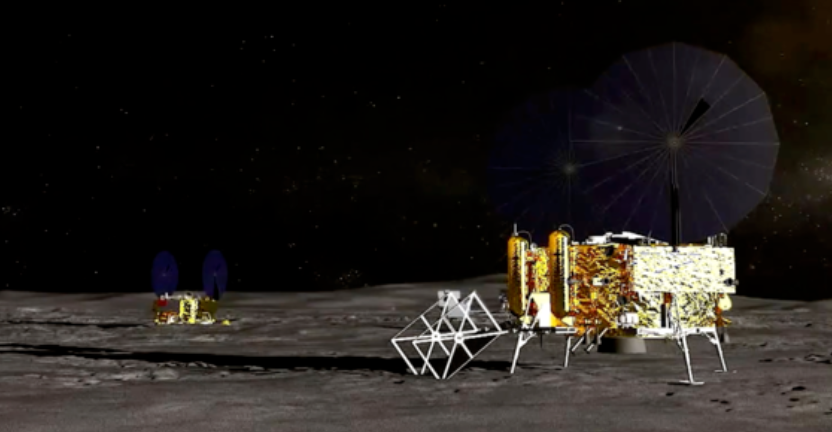
As Chang'e-8 prepares to pioneer lunar resource utilization and cosmic discovery, its global partnership model offers a blueprint for 21st-century space exploration. The mission’s findings will directly inform the ILRS, targeted for initial construction by 2035, where continuous human presence on the moon will become reality. For scientists and engineers worldwide, Chang'e-8 isn’t just a mission to explore the moon—it’s a step toward building a shared future in space, where collaboration transcends earthly boundaries to unlock the universe’s mysteries.
(Writer:Dirick)

